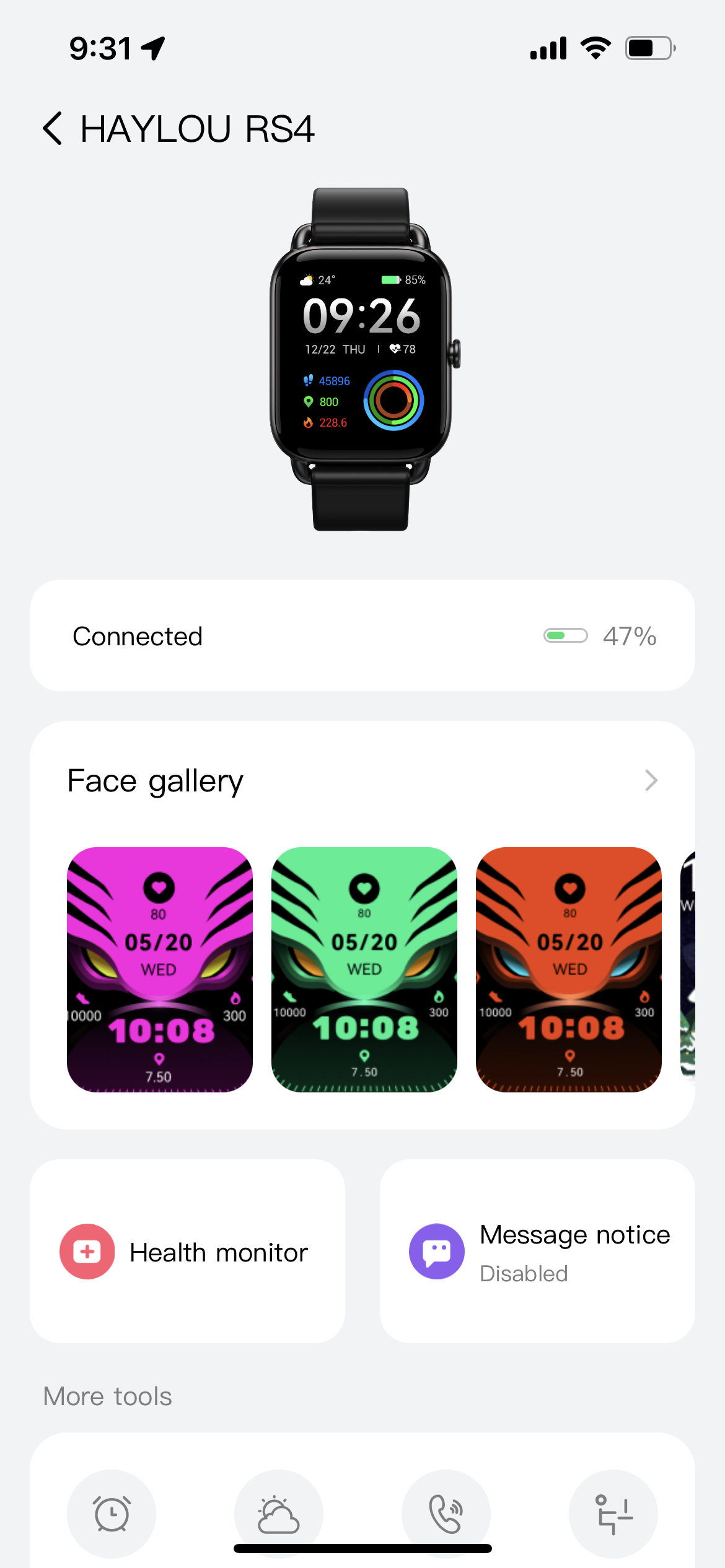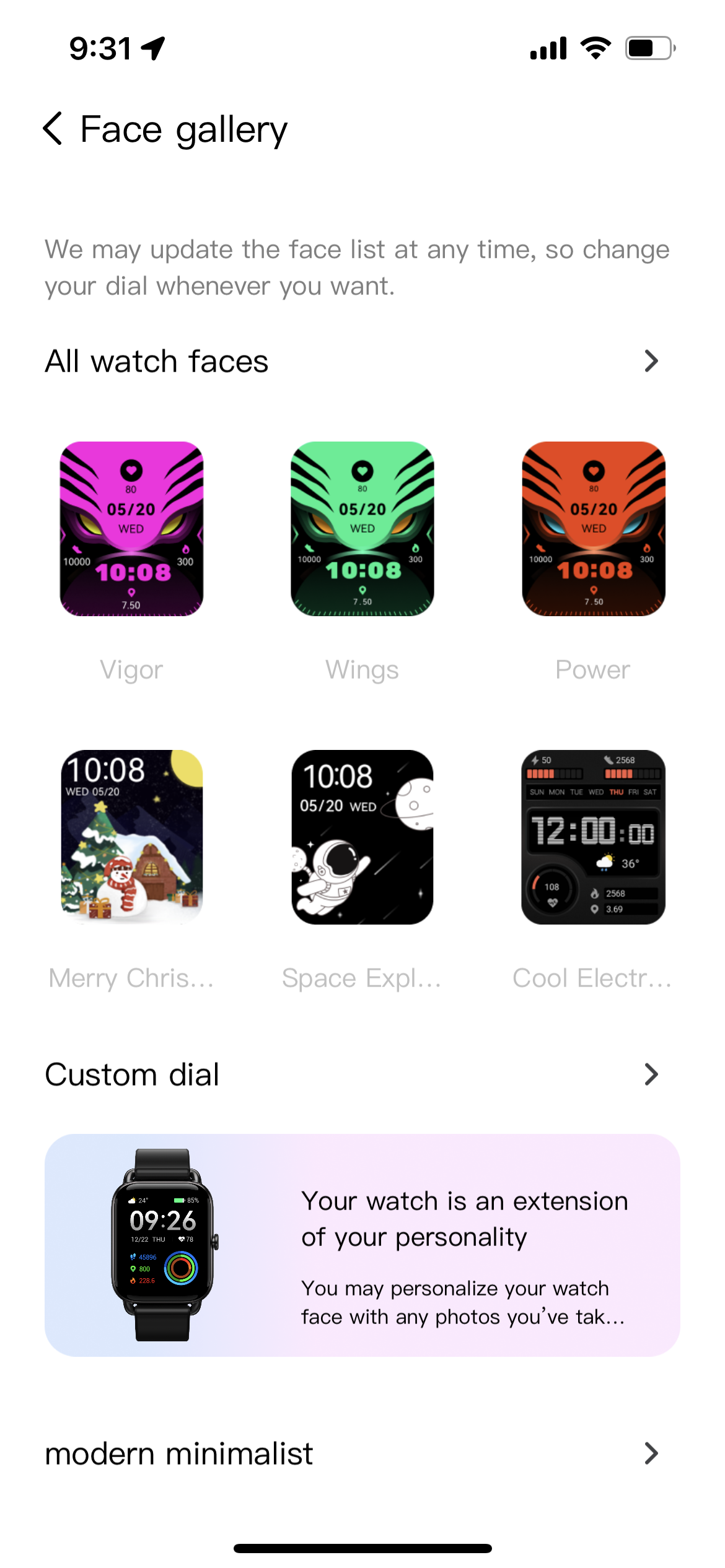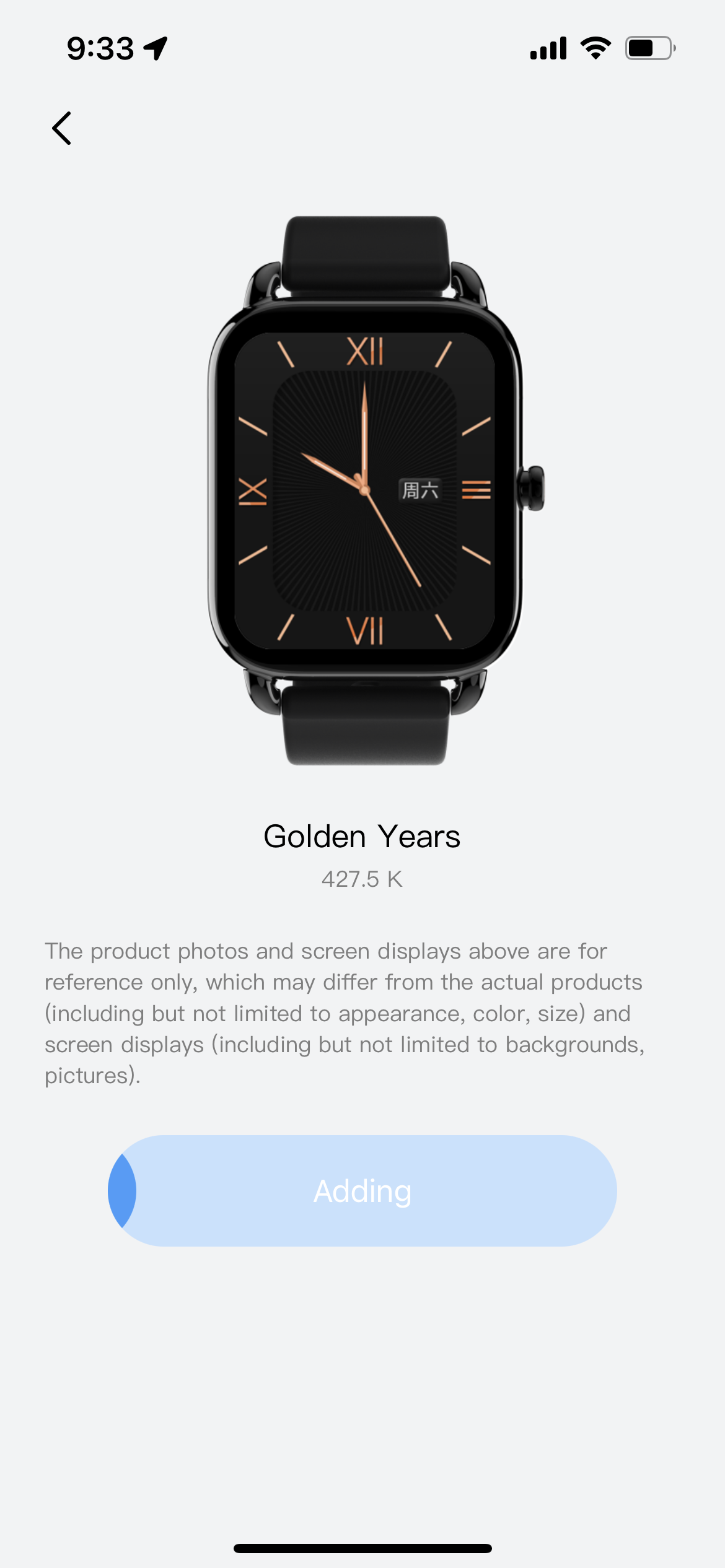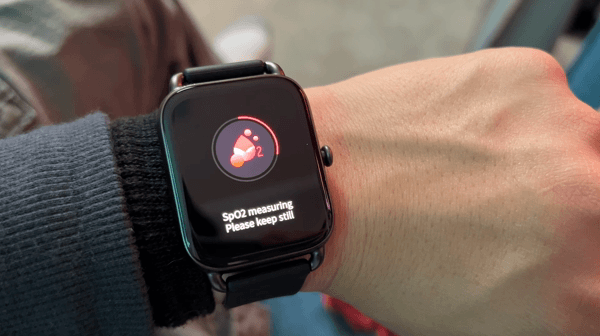Haylou RS4 Smartwatch Review: AMOLED for $50!
MSRP: $49.99
We are a participant in the Amazon Services LLC Associates Program, an affiliate advertising program designed to provide a means for us to earn fees and support our channel by linking to Amazon.com and affiliated sites.
Disclaimer: Haylou sent us a unit of the RS4 free of charge to review, but all thoughts and opinions expressed in this article are our own and were not discussed with the company prior to publishing.
Over the last couple of years, we’ve taken a look at a few products from the Chinese company Haylou which offers terrific budget options for various mediums of technology. Both Martin and Lida came to similar conclusions about Haylou products being good value within the mindset of budget technological restrictions. This time around, Haylou sent us the RS4 smartwatch to review and I instantly became intrigued by one major selling point. Retailing at $50, the Haylou RS4 shares many similar traits to other Chinese smartwatch products like that of the Amazfit Bip S. About a week’s worth of battery life, waterproofing, and a basic square watch face are just a few things these Chinese watches have in common. Where the RS4 really stood out to me was with the type of display Haylou chose to use at this extremely low price tag. This is the first watch I’ve personally reviewed in this segment that contains an AMOLED screen and boy was I excited to set my eyes on it.
All About That Screen




With a 1.78” AMOLED display, Haylou has invested heavily into the most important aspect of a smartwatch. While we can often overlook the importance of a high definition display on a smartphone, it’s less forgiving on a watch as the whole point of a watch is to display time. A sharp and vivid display to illustrate the watch face is pivotal to the success of a smartwatch product. That’s something that Apple has nearly perfected with their Apple Watches. I’m pleased to say that Haylou has thoroughly impressed me with their display on the RS4. When I first booted up the watch, I was greeted instantly with vividly saturated colors and a deep black shade that nearly blended in seamlessly with the bezel. When you also account for how narrow the bezels around the display actually are, the watch face appears nearly bezel less. With the AMOLED screen incorporated at a resolution of 368x448p, text and numbers are crystal clear to read. I’m truly shocked that this is a smart watch display offered on a sub-$50 watch. Haylou has added additional watch faces in the app that can be pushed to the watch. It’s essentially a watch face app store that gets updated with new watch faces. You can even upload your own picture to customize as a watch face.
Presenting the information
That’s fine and dandy if the Haylou app worked properly. From my usage, it ran fine for the first few days before logging me off. I’ve since received login errors that say “Network signal weak” which makes no sense as both my Wifi and data have strong strength at my testing location. When the app did work, it’s reminiscent of other Chinese companies and how they designed their fitness apps. If you’ve used an Amazfit or Huawei watch, then this app will feel eerily similar. This is one major roadblock that prevents Chinese products from truly being able to compete on the global stage. As the app was developed by Chinese developers, it naturally treats the English language as a secondary platform.
This carries over with the information delivery on the watch itself. Reading sentences on the RS4 is nearly impossible due to poor text spacing and a terrible font choice. The legibility score of these types of watches are extremely poor. If you’ve watched any documentary about Steve Jobs, you’ve likely heard about how picky he was with font choices on his products. I absolutely understand that aspect of experience building after using so many devices over the years. If Haylou and these other Chinese brands like Amazfit can dedicate more resources on how they present the information to users on the wrist instead of the basic “here it is” that we have on these kinds of watches, then they can truly breakthrough globally.
A Competitive Product?
Other than the legibility issue, the RS4 is competitive in just about every other aspect that a smartwatch essentially needs. It has a heart rate monitor that is within the realm of accuracy to what my other smartwatches measure. Haylou has somehow also squeezed in SpO2 tracking onto the RS4 as it’s now the hot new sensor to have on smartwatches. I recently had a bout with Covid-19 and measuring my oxygen levels with this watch was a pleasant surprise. Once again, it’s within the realm of accuracy with the dedicated pulse oximeter I was concurrently using while infected with Covid-19. Combine all of that with sleep monitoring, 12 workout tracking modes, IP68 waterproofing, and all the other basic smartwatch features like music control, message notifications and step counts, and it’s an impressive package for $50.
Factor in the elite 10 day battery life that is unmatched by smartwatches from the big tech brands, and the RS4 is a compelling product. I’ve actually worn the watch for 10 days with the battery still over 30%, so the estimates actually under-represent my daily usage so far. Of course, it also depends on how you manage the health monitoring intervals. If you’re more conservative about how often you want the watch to track you, it’ll certainly last longer. That’s usually how I use these watches. Since I’m still currently recovering from Covid-19 and my entire testing period has been contained within the confines of my home while sick, I wasn’t able to participate in extraneous exercises to test out the workout modes. Cycling through the different types of workouts the watch can track, I can say with confidence that it’s quite similar to other Chinese smartwatches with this similar form factor. Most of the functionality revolves around a timer system which honestly is a bit redundant.
Another selling point of the RS4 that I was unable to test out is the incorporation of wireless payments. I use Apple Pay on my Apple Watch SE just about every day of the week, so it’s fantastic that a $50 watch also has the capability to pay wirelessly. The problem for those of us here in the USA is that the RS4 only supports Alipay as a payment method. There’s been a lot of friction in the last few years between the USA and China over the technology space, culminating in an executive order banning Alipay by former President Donald Trump. While you can technically use one of the world’s largest mobile payment platforms, it isn’t something most Americans even know about. Apple Pay and Google Pay are the dominant digital wallet platforms with Samsung also a major player in western countries. This sadly makes the Alipay function on the RS4 strictly a domestic perk in Haylou’s home base country. Still, that’s a potential sign of progress for the future as this is the first watch at this price point that I’ve reviewed with wireless payment functionality. Here’s to hoping Google Pay may yet be incorporated into future Haylou products.
What’s the verdict?
in my opinion, The Haylou RS4 is a major breakthrough in what was otherwise a stalling segment of smartwatches.
I really do like wearing the RS4 on my wrist. It’s lightweight, looks way more expensive than it costs, and the default strap surprisingly was quite comfortable. It’s a rather long silicone strap that should be one size fits all on wrists. With a hoop and loop style clasp, I actually like how the strap design works. I can wear this watch comfortably on my wrist for an entire day without feeling any fatigue at all.
In my opinion, the Haylou RS4 is a major breakthrough in what was otherwise a stalling segment of smartwatches. These sub-$100 Chinese watches aren’t meant to compete with the Samsung Galaxy Watches or Apple Watches in the world. Instead, they’re affordable alternatives that offer terrific value with certain trade-offs. These products are usually made of cheap plastic with bad software integration, an average to below average screen, yet always provides longevity in the battery life department. The RS4 breaks the mold with not only the sharp AMOLED display, but also with the price tag it’s entrenched in. Its closest competitor with an AMOLED display looks like it’s the Amazfit GTS, which retails around $120. The RS4 is nearly a third of the price. I find the RS4 to be of absolutely terrific value that just can’t be argued with for less than $50. The AMOLED screen by itself is worth the price of admission.

















Alex
With nearly a decade under his belt running his video production team, and countless hours traveling the country to report on pop culture events during his tenure as a contributor for AXS Examiner, Alex has relied on a lot of gadgets over the years. That still hasn’t satiated his need to get his hands on the newest and greatest the world has to offer!